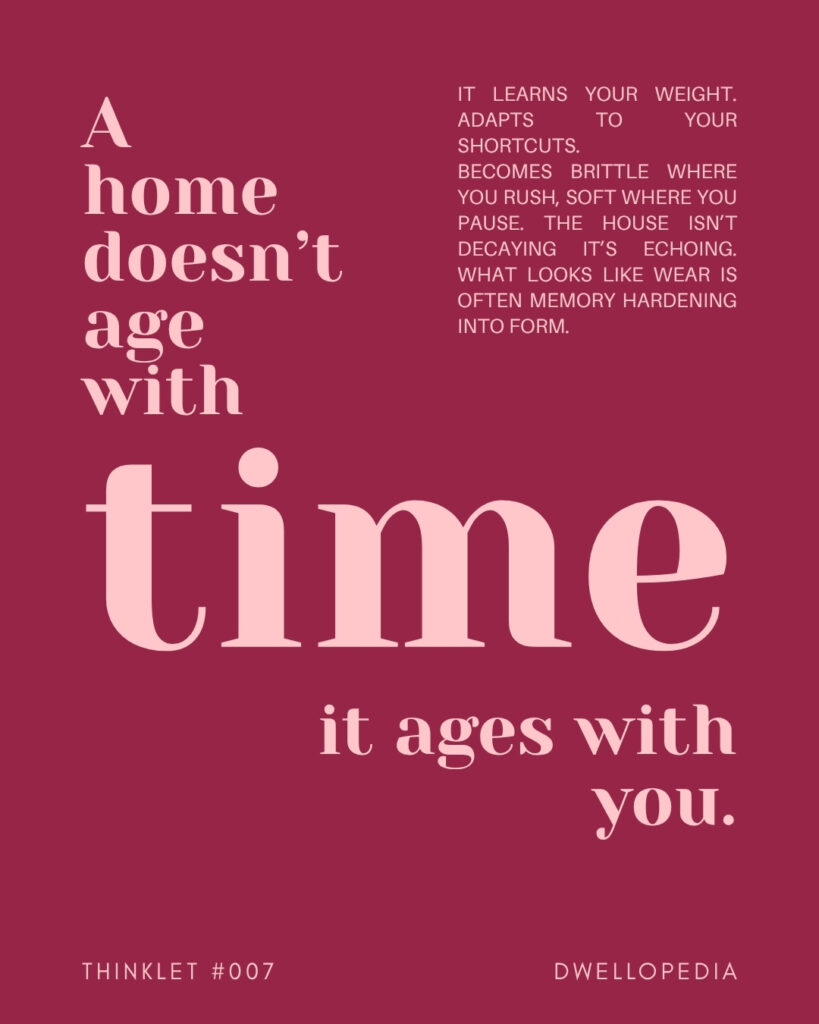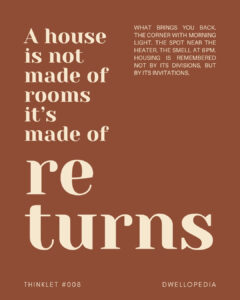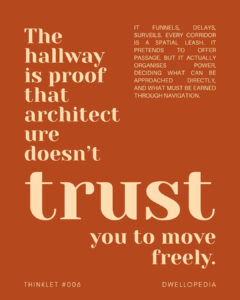A house is often thought of as a static entity, aging slowly under the passage of years—its walls weathered, paint peeled, floors worn thin by use. Yet, beneath this surface understanding lies a profound, poetic truth: a home doesn’t age with time—it ages with you. It is not the relentless ticking of the clock alone but the rhythm of your presence that shapes, softens, and sculpts the dwelling. The house learns your weight, your pace, your shortcuts; it becomes brittle where you rush, tender where you pause. What might seem like decay is in fact memory hardening into form, a living echo of your habitation.
Have you ever paused to listen to the creak beneath your step, or noticed the softened carpet in the corner where light pools just so? These are not random signs of wear but traces of your dance through space—footprints of habit embedded in materiality. The house and its inhabitant engage in an ongoing choreography, a mutual shaping that is both intimate and architectural. What does it mean for architecture to remember—to resonate with the persistence of human presence?
This thought invites architects, students, and thinkers to reflect on dwelling as a relational act. To see houses not as inert shelters but as active partners that morph imperceptibly with our rhythms, gestures, and collective persistence. How might this relational understanding deepen the poetic, emotional, and philosophical dimensions of housing design? How do we design for a house that ages with its inhabitants, embodying not only structure but memory and life?
Housing Unfolded: Transforming the Practice
What if housing design embraced the idea that a home ages with its inhabitant—not simply through wear and tear, but through an ongoing dialogue of form and presence? This reorientation demands a transformation in design practice, one that foregrounds relationality, temporality, and embodied experience over mere permanence and objectivity.
Consider materials chosen not just for durability but for their capacity to record memory—to patinate, soften, and respond to human touch. How might architects design floors that grow tender in habitual places, walls that bear the imprint of repeated gestures, surfaces that age with grace and life? The narrative of wear becomes a story of intimacy, inviting us to rethink repair, restoration, and the aesthetics of aging in housing.
Spatially, this approach privileges layered, evolving experiences over fixed form. How do habitual shortcuts reshape circulation patterns, how do favorite corners become anchors of comfort and identity? Can design anticipate and embrace such organic morphologies, allowing homes to flex and adapt rather than freeze in idealized perfection? How might thresholds, thresholds, and transitions be crafted as mutable, responsive moments rather than rigid, static boundaries?
Culturally, aging with inhabitants challenges dominant discourses on newness and obsolescence. How might design honor legacy and continuity, weaving personal and collective memory into the fabric of space? What role does storytelling play in activating this relational architecture, connecting generations and histories through material presence?
Design thinking itself must evolve toward humility and attentiveness—embracing uncertainty, imperfection, and temporality as core values. Architects become collaborators in an ongoing process of dwelling, rather than creators of fixed monuments. How might this mindset shift influence architectural pedagogy and professional practice?
This relational vision also ripples through community and urban scales. Neighborhoods and cities bear collective memory in their fabric—pathways worn by footsteps, walls layered with graffiti, parks softened by repeated use. How does this perspective reshape housing beyond the single home, linking private memory with public space?
By viewing homes as living echoes of cohabitation, architecture renews its commitment to nurture, sustain, and resonate with the human spirit in all its complexity.
Beyond Boundaries: Layered Understandings
The thought that a home ages with you refracts through diverse lenses, enriching its meaning.
Sustainability invites reflection on the ecological rhythms of material aging and reuse. Can embracing patina and wear foster more sustainable housing that respects natural lifecycles? How might architectural design balance longevity with adaptability and transformation?
Social equity highlights disparities in who can inhabit and maintain aging homes. How do relational architectures engage with issues of access, maintenance, and cultural heritage in diverse communities? What narratives of belonging and exclusion are embedded in material memory?
Memory and identity deepen the dialogue. Homes become palimpsests of experience—layers of emotion, history, and ritual etched into surfaces. How can design honor this temporal depth, creating spaces that carry and convey memory across time?
Technology offers new tools for documenting and interacting with the aging home—digital archives, augmented reality overlays, sensor networks monitoring material change. Yet how do we preserve the poetic mystery and sensory richness amid such digital mediation?
Each perspective reveals aging homes as multifaceted, living entities—fluid, relational, and embedded in culture and environment—calling for architecture to embrace complexity and nuance.
Conclusion
To say a home doesn’t age with time but with you is to reimagine dwelling as a dynamic, relational dance. This thinklet plants a seed for architects and thinkers to craft homes that live and breathe with their inhabitants—spaces that remember, respond, and resonate.
In softened carpets, creaking floors, and worn corners, architecture reveals itself not as inert but as a partner in life’s unfolding story—a proof that dwelling is a shared choreography of human and structure.
As you carry this thought forward, reflect: How might your designs honor the temporal, sensory, and relational layers of habitation? How can architecture become a living memory, aging gracefully with those it shelters?
The power of this thinklet lies in its invitation to wonder rather than conclude. What traces will your designs hold, as homes echo with time and life?







